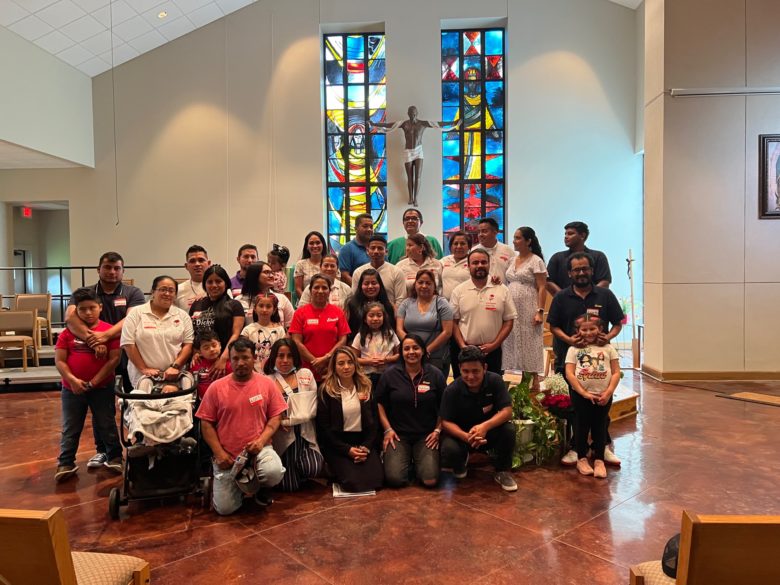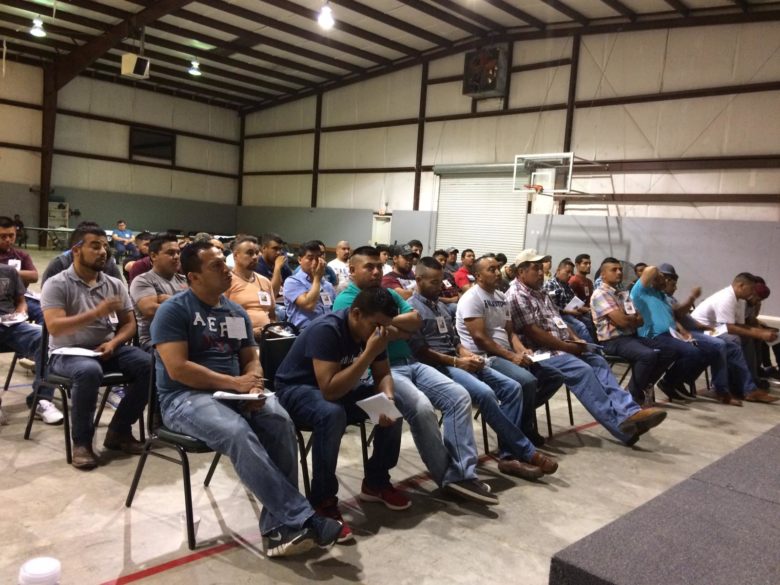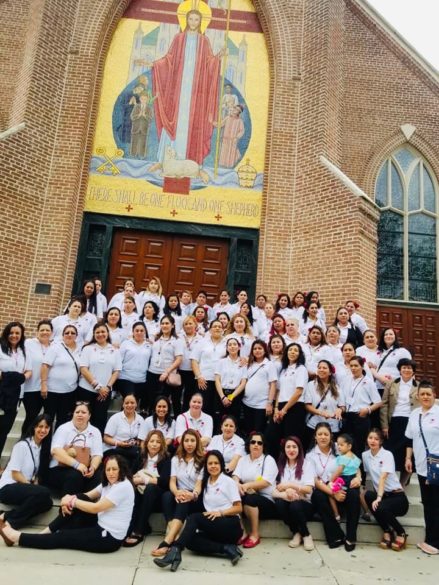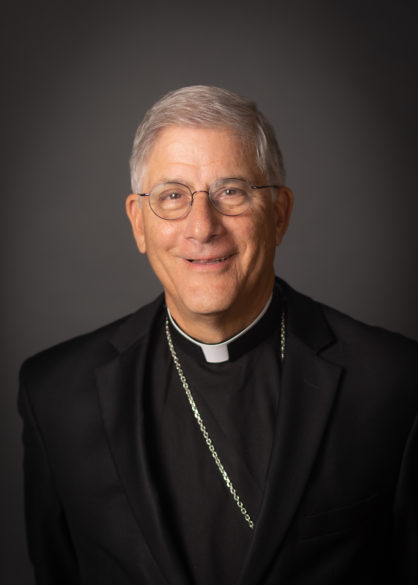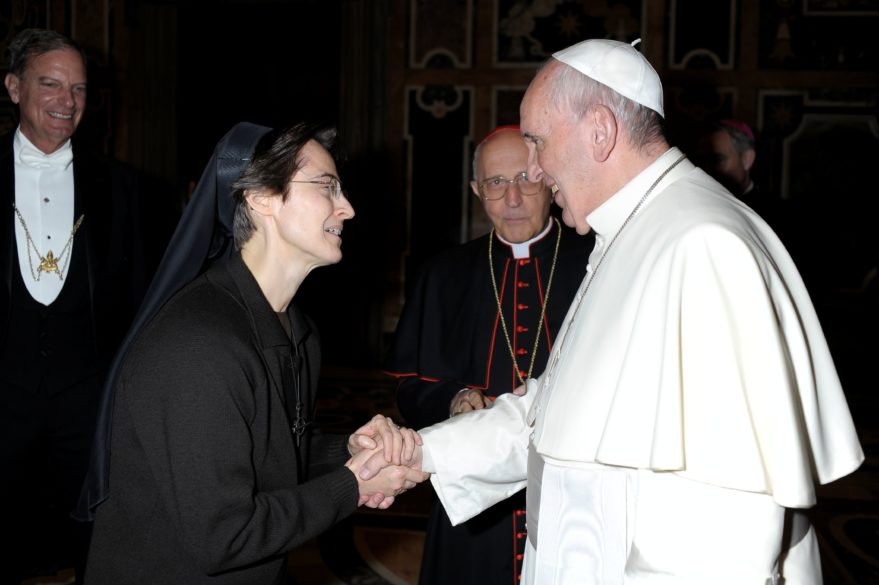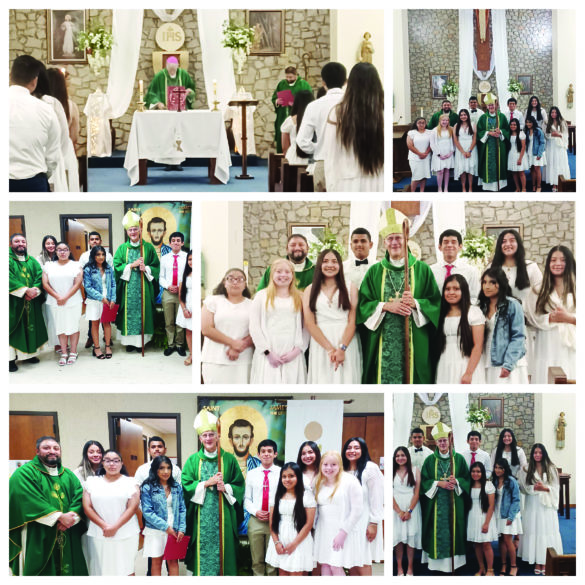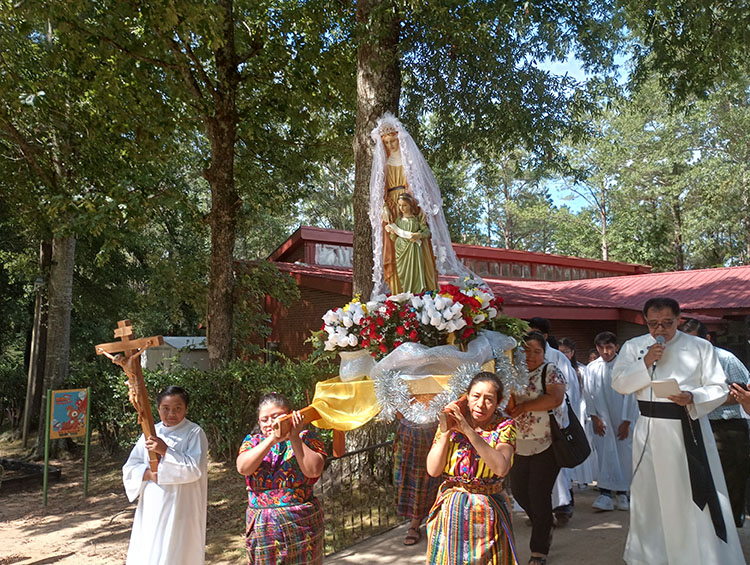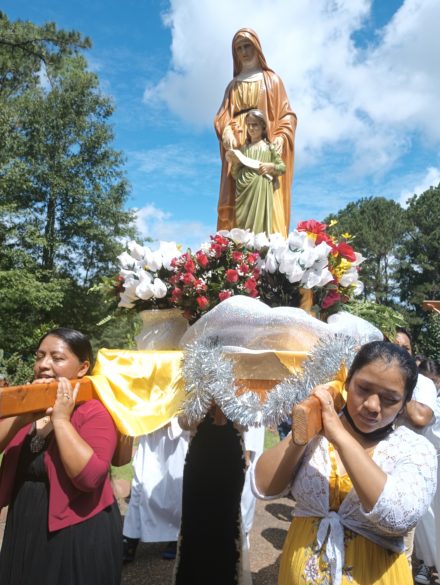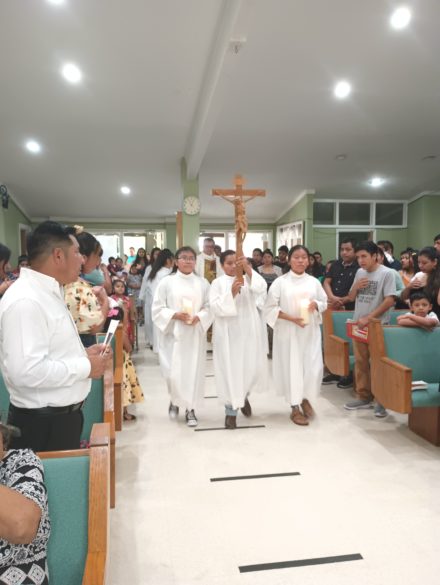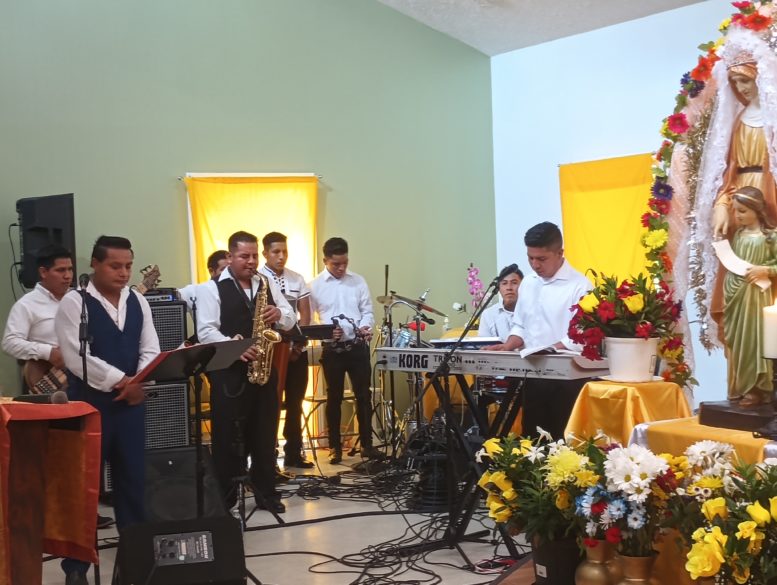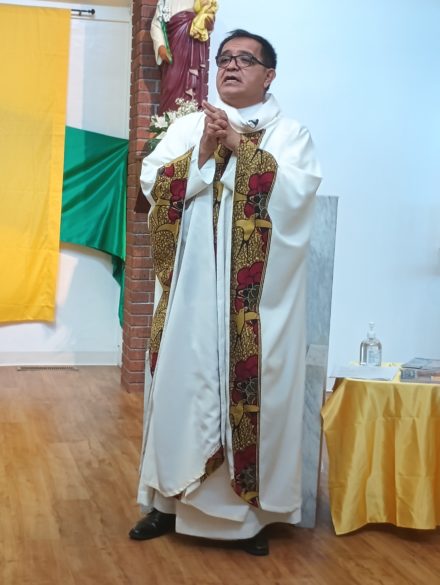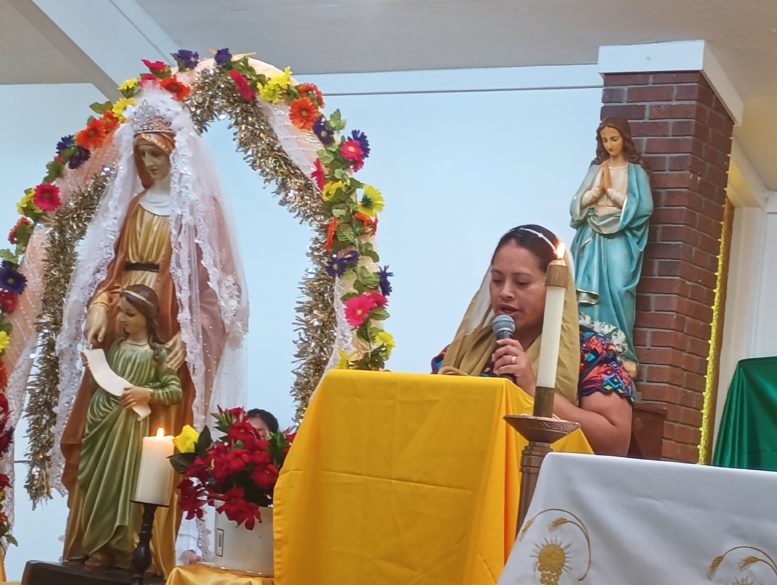Por Juana King
JACKSON — El obispo Joseph Kopacz ordenó a seis hombres al Diaconado permanente en la Catedral de San Pedro Apóstol, el sábado 16 de julio.
Los hombres pasaron los últimos cinco años en formación, estudiando espiritualidad, derecho canónico, homilética y aprendiendo a administrar los sacramentos.
Con las bancas de la Catedral llenas, el obispo Kopacz reconoció la alegría y el amor evidentes por Mark Bowden de St. Jude Pearl, Dien Hoang y Wesley Lindsay de la Catedral de St. Pedro jackson, John Pham de St. Michael Forest, David Rouch de St. Michael Vicksburg y Tony Schmidt de St. Paul Flowood, siendo ordenados al diaconado.
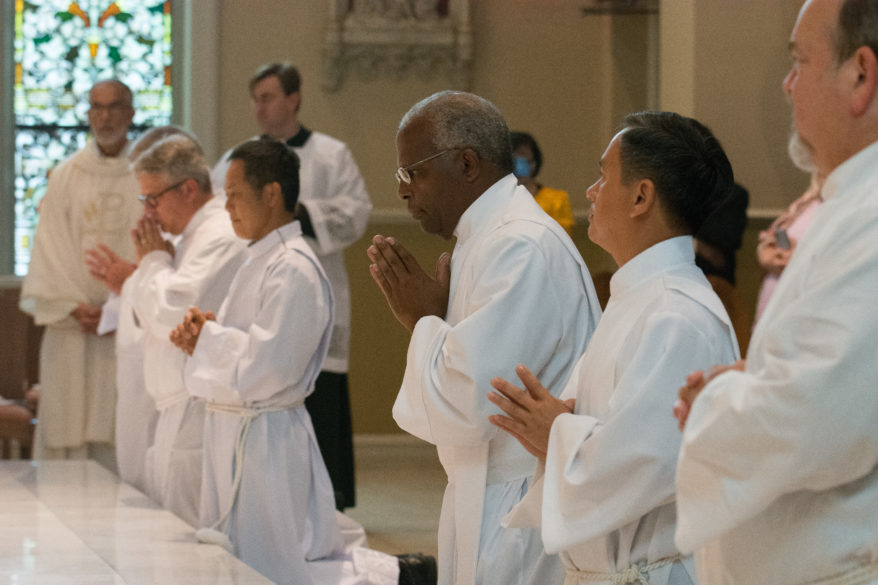
“La alegría es tan obvia esta mañana cuando nos reunimos en el Señor… para celebrar gran parte de nuestra tradición de fe… y en los ministerios que son una gran bendición para nuestra iglesia y nuestras comunidades parroquiales,” dijo el obispo Kopacz “… esta mañana celebramos el gran don del Diaconado.”
En sus comentarios sobre las lecturas, el obispo Kopacz señaló la santidad y los dones del oficio del Diaconado.
“Como apreciamos a lo largo de una larga tradición, de casi 2000 años, su servicio en Jesucristo. Es su ministerio y desde el principio los Apóstoles se dieron cuenta de que tenemos que designar esto y tenemos que seleccionar a aquellos que van a ser fieles al Señor y a las necesidades de las comunidades,” dijo el obispo Kopacz.
“Entonces, ustedes y la iglesia continuaremos muchos años después. De hecho, ya hemos trabajado durante los últimos cinco años, más o menos, para llegar a este momento,” dijo el obispo Kopacz a los candidatos al Diaconado.
También recordó a los nuevos Diáconos que su ministerio es de servicio a través de la palabra, el sacramento y la caridad, basándose en su experiencia matrimonial o familiar; el obispo Kopacz reconoció que “todos han aprendido a sacrificarse, servir y cuidar a su familia, hasta este momento de sus vidas; Ahora se abre otra puerta donde servirán en medio de nuestras comunidades parroquiales, sirviendo al Señor y sirviendo a los que les están encomendados”.
Los Diáconos ordenados se asignan a las parroquias de la diócesis y pueden administrar el bautismo, servir en el altar en la Misa y distribuir la Eucaristía; llevar la Eucaristía como viático a los moribundos; leer las Sagradas Escrituras a los fieles y, en ocasiones, predicar; administrar sacramentales; asistir y bendecir matrimonios y oficiar ritos funerarios y de entierro a difuntos.
Otro grupo de hombres ha comenzado su proceso de formación con la esperanza de ser ordenados al Diaconado en 2026. Para obtener más información sobre el Diaconado permanente, visite:
www.jacksondiocese.org/offices/diaconate.
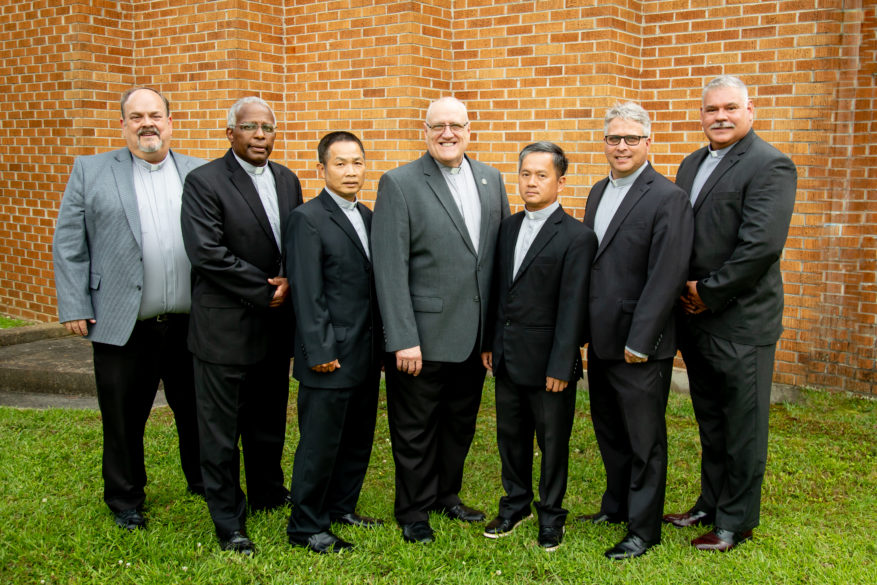
En sus propias palabras.
¿Quiénes son los nuevos Diáconos?
Mark Bowden
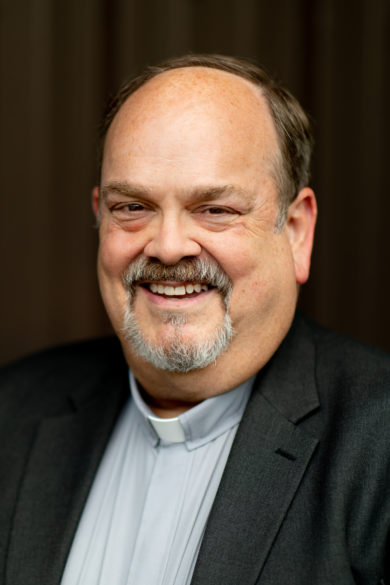
60 años. Parroquia St. Jude, Pearl
“Soy un católico de cuna, y uno que durante mucho tiempo realmente dio por sentada mi fe.
Ningún pasaje de las Escrituras se destaca realmente sobre los demás, ya que muchos me tocan en diferentes puntos y etapas de mi vida. Pero Santiago 2:14-17, que discute que la fe sin obras es muerta, está entre mis favoritos perennes.
Tantas veces durante este viaje, estuve a punto de tirar la toalla y rendirme. Pero a través de MUCHA ORACION, discernimiento y apoyo de muchos, finalmente acepté este llamado.
Creo que mi corazón está en hacer trabajo pastoral, como visitar a los confinados en casa, a los que están en el hospital, a los que están en prisión, y hacer evangelización en pequeñas comunidades.
Mi esposa Rhonda y yo tenemos dos hijos. Andrew fue recientemente ordenado sacerdote y nuestra hija Laura enseña educación especial en Pearl.
David Rouch
50 años. Parroquia St. Michael, Vicksburg
“Soy católico nacido y criado. Producto de las Escuelas Católicas de Vicksburg.
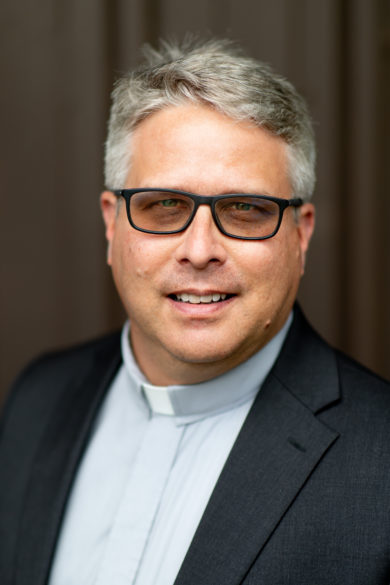
Mi pasaje favorito de las Escrituras es Lucas 1:46-49, “Y María dijo: ‘Mi alma proclama la grandeza del Señor; mi espíritu se regocija en Dios mi salvador” ¡porque describe la forma en que Él ha obrado en mi vida!
Mi santo favorito es San Tomás de Aquino. Aprecio sus esfuerzos por reconciliar la razón con la fe de la iglesia. Esta reconciliación ha sido muy importante para mi propio viaje y es vital para el futuro de la iglesia.
Mi santa favorita es la Madre Teresa. Su fidelidad al llamado del Señor para ella y su dedicación a hacer la obra del Señor es una inspiración para mí y habla a personas de todas las naciones, religiones y estilos de vida.
Algunos son llamados al sacerdocio y otros son llamados al diaconado. Ya sea como una persona soltera o una pareja casada, todos somos llamados. Se trata de reconocer a qué estás llamado y decidir cómo responderás.
Quiero llegar a la iglesia de jóvenes adultos, involucrarlos y “reconstruir la marca.”
Ann y yo tenemos cuatro hijos adultos y tres nietos: Reece y su esposa Nicole y su hijo Jack, de siete meses. Viven en Olive Branch.
Destin y su esposo Jonathan y sus dos hijos, James (6) y Benjamin (2). Viven en Alemania.
Meredith, nuestra hija, que vive en Shreveport, Louisiana
Conner y su esposo Zach, que viven en Knoxville, Tennessee
Dien L Hoang
48 años. Catedral de San Pedro Apóstol. Oriundo de Saigon, Vietnam
“Soy “católico de cuna. Me gustaría agradecerles mucho a mis padres porque nos enseñaron sobre el amor de Dios por nosotros y Dios es un Padre misericordioso, no un Dios irascible y crítico. Por eso, mi padre nos educa para amar a todos, ante todo, amarnos unos a otros en la familia.
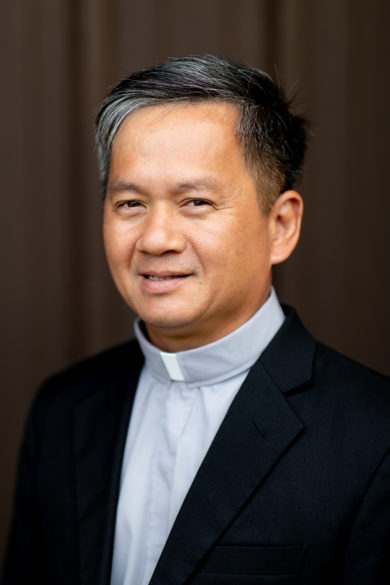
La parábola del hijo perdido porque Dios creó al hombre a su imagen y también le dio razón y libertad para vivir según su voluntad. La libertad es un regalo invaluable que Dios ha dado para que los humanos sean libres de ser fieles a Dios o de traicionarlo. Dios siempre respeta la libertad humana. Fue porque los humanos tenían derecho a la libertad que pecaron contra Dios. Pero Dios es rico en misericordia y aún ama a las personas cuando todavía están en pecado. Dios espera pacientemente, invita y crea todas las condiciones para que regresen a vivir en su gracia. Mi santo favorito es San Antonio Por su caridad. Tengo la necesidad de ir a buscar algo más elevado, más significativo, más sostenible. Esos valores sostenibles son dar sin calcular, encontrar el amor más que ser amado, y encontrar el consuelo más que ser consolado por los demás. Estoy deseando visitar a los enfermos, ayudar a los pobres y devolver al hombre a la dignidad humana.
Mi esposa, Honghuong T Nguyen, y yo no tenemos hijos.”
Tony Schmidt
53 años. Parroquia de St. Paul Flowood
Soy católico de cuna, de Gluckstadt y he vivido en Brandon, MS durante los últimos 30 años.
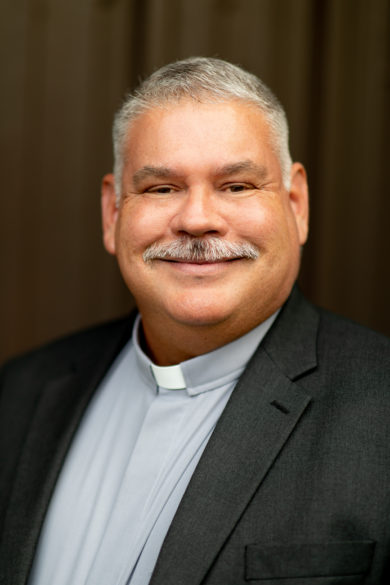
Mi pasaje bíblico favorito es Romanos 14:7-9. Me gusta este pasaje porque es un recordatorio de nuestro verdadero propósito en la vida, que es ser responsables ante el Señor.
Mi santo favorito es San Matías. Matías fue elegido para reemplazar a Judas y su proceso de selección se llevó a cabo echando suertes después de la oración de los Apóstoles. Matias fue elegido no porque fuera digno, sino porque llegaría a ser digno.
Matias era el nombre de mi abuelo paterno. Mi origen católico se lo debo a mis abuelos paternos. Fueron una de las cinco familias fundadoras de Gluckstadt y tienen una maravillosa historia con la Diócesis de Jackson.
Estoy orgulloso de continuar la fe católica en mi vida y en mi servicio como diácono. El estar en una relación personal y auténtica con los demás es la mejor forma en que puedo dejar que brille el rostro de Dios. El diaconado se trata menos de mí y más de que no me interponga en el camino de Dios, mientras él me usa para continuar construyendo esta Iglesia. También espero visitar a los enfermos. El cuidado de hospicio ocupa un lugar especial en mi corazón y espero poder ayudar en el cuidado espiritual y pastoral de los moribundos y sus familias.
Mi esposa Karen y yo tenemos dos hijos Houston (26) y Parker (24) y tres perritas Terrier: Butterbean, Izzy y Stella.”
John Pham
60 años de St. Michael Forest, Vicksburg
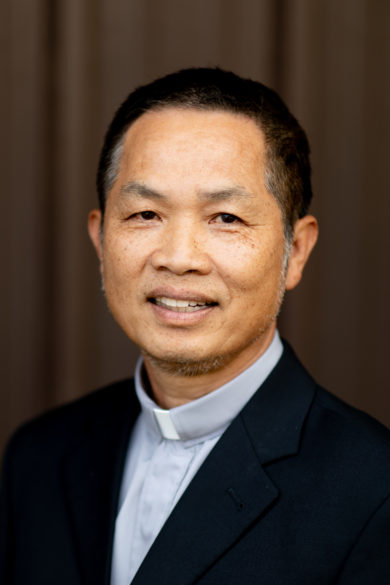
“Soy un ‘católico de cuna’. Mi profunda experiencia de fe en Dios y la Iglesia sucedió durante 25 años de vida religiosa.
Mi pasaje favorito de las Escrituras es Mateo 6:33 “Buscad el Reino de Dios sobre todas las cosas, y vivid rectamente, y él os dará todo lo que necesitéis.”
Mis santos favoritos son san Juan Apóstol y santa Teresa, la florecita de Jesús. Amo a San Juan porque es verdaderamente un amigo de Jesús; y me gusta santa Teresita porque descubrió el camino sencillo y fácil hacia la santidad. Mi imagen favorita es el sagrado corazón de Jesús.
Sabiendo que “la mies es mucha, pero los obreros pocos,” quiero
contribuir con todo lo que pueda para aliviar la carga de mi pastor.
Tengo muchas ganas de crear un ambiente animado en la Iglesia, para que el servicio litúrgico sea más agradable.”
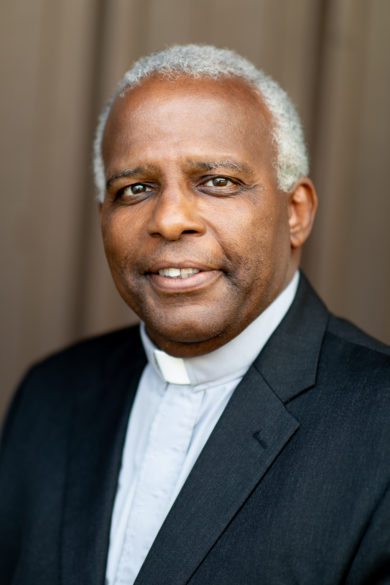
Wesley Lindsay
Catedral de San Pedro Apóstol Jackson. Ciudad natal: Jackson
“Nací, me crié y pasé 40 años en la iglesia bautista. En 2004, dejé la denominación bautista para convertirme en episcopal. Casi cuatro años después, “vi la luz” y me hice católico a través de RCIA.
Mi Escritura favorita es Juan 8:32 – ¡La propia libertad de Dios!
Entregué mi vida a Dios hace más de 40 años. ¡Él me ha llevado a esta maravillosa oportunidad de servicio, el diaconado!
Anhelo ayudar en hacer avanzar el Reino de Dios a través del servicio a Su pueblo.”

